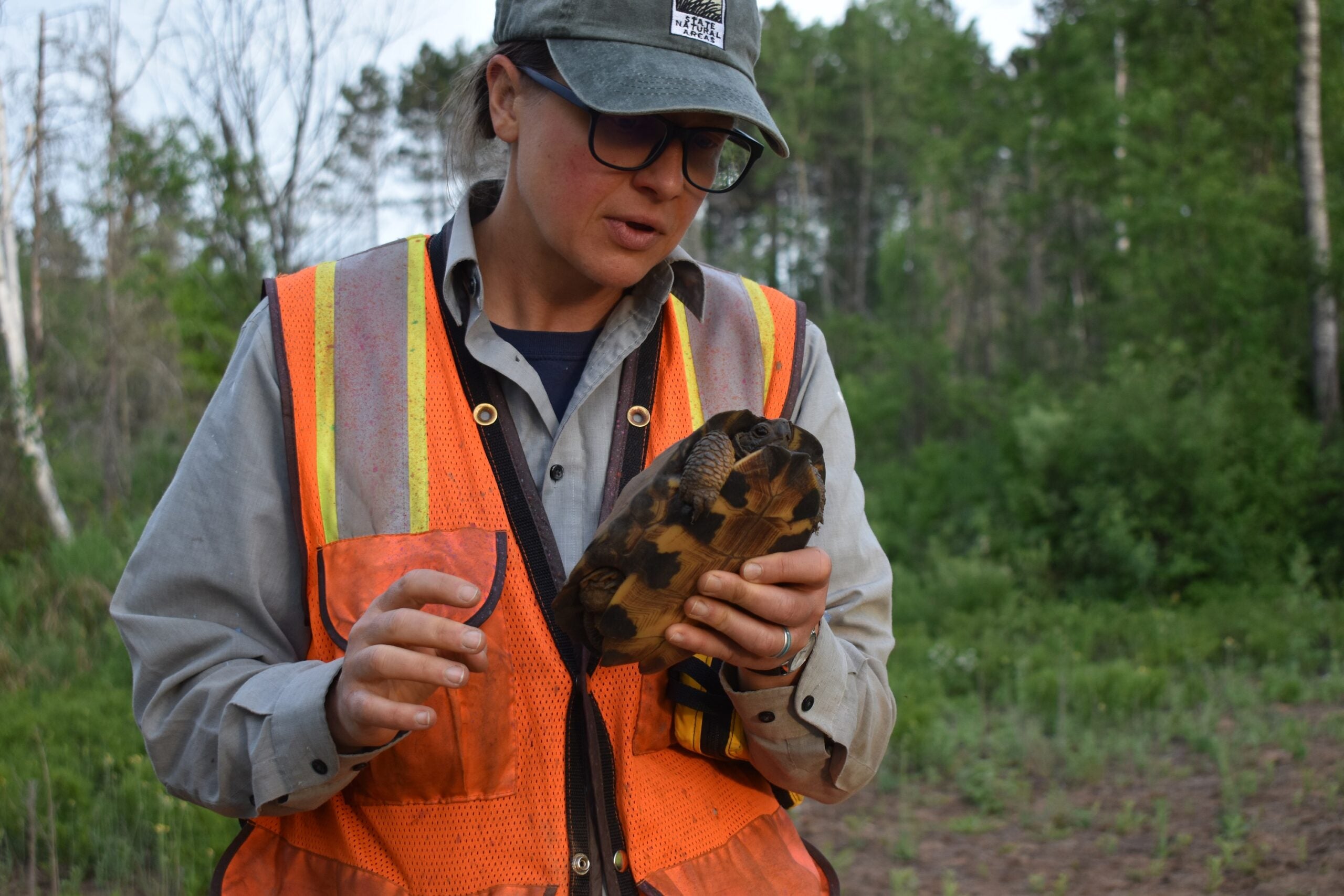For Lena Carlson, May and June were mostly dedicated to the care and maintenance of wood turtle nests.
Carlson is a conservation biologist with the Department of Natural Resources, and wood turtles are a threatened species. In response to population declines across North America, Wisconsin has taken steps to try to protect the turtles’ nesting sites and is gathering data on the state’s population for research purposes.
This year, the DNR completed a yearslong population survey and shared data with the U.S. Fish and Wildlife Service. They’ll decide whether or not wood turtles, already protected in many states including Wisconsin, should be classified as a federally endangered species. That determination is expected next spring.
News with a little more humanity
WPR’s “Wisconsin Today” newsletter keeps you connected to the state you love without feeling overwhelmed. No paywall. No agenda. No corporate filter.
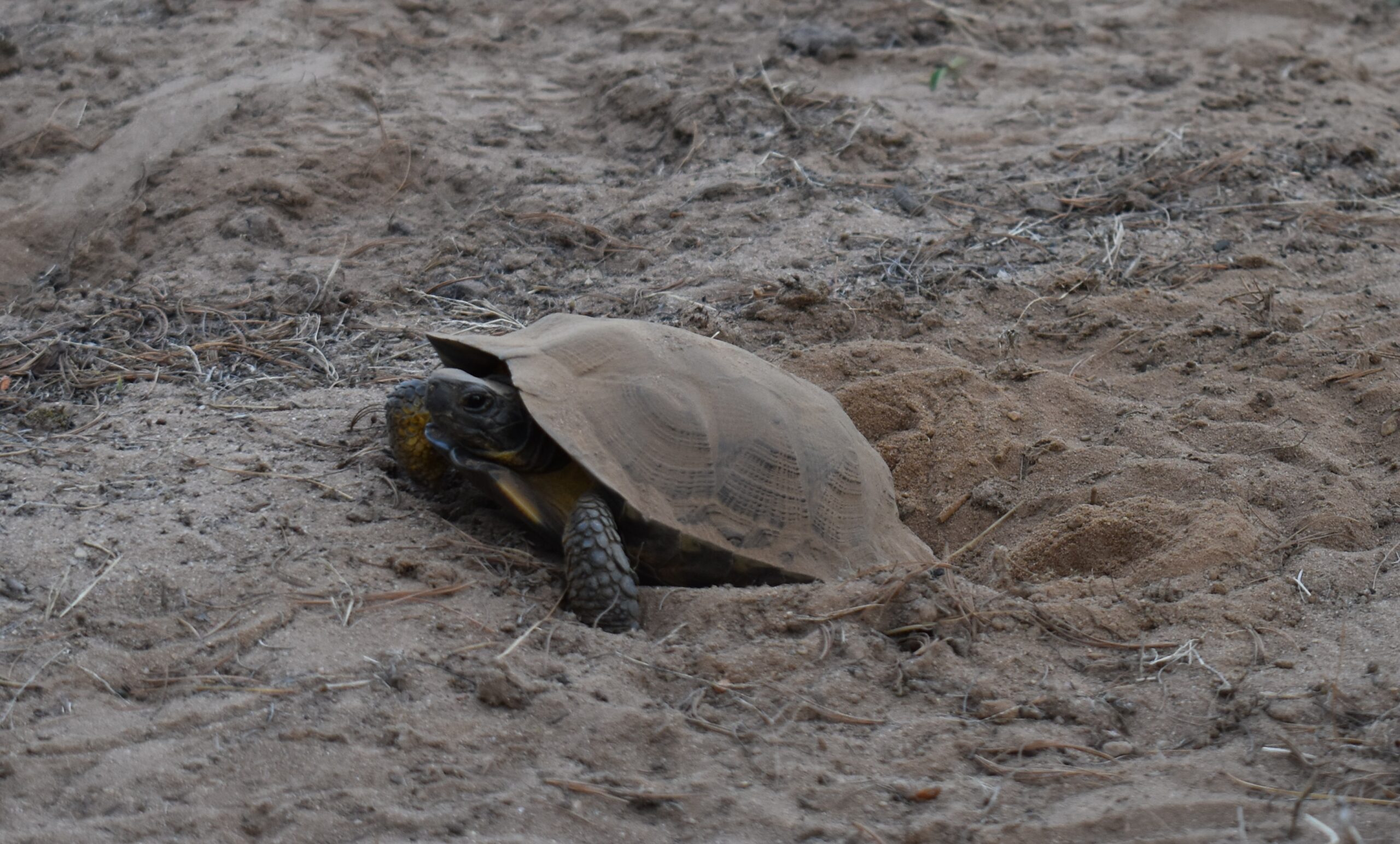
In May, on a field trip sponsored by the Natural Resources Foundation, Carlson, who works out of Rhinelander, explained to a group of about a dozen interested Wisconsinites how biologists are working to protect wood turtles. At a nesting site in the Northwoods, she and other biologists built and maintain a large enclosure wrapped in chicken wire. At the bottom of the enclosure is a 2-inch gap.
It’s “the exact size of a wood turtle,” Carlson said, “So only wood turtles can get in this box and only wood turtles can get out of it.”
Beneath the box is the sandy, gravelly soil that wood turtles seek to lay their eggs. One of the challenges for the species is that the same sort of soil is often found on the shoulders of Wisconsin’s Northwoods roadways.
“We’re creating this ideal habitat for them to nest in,” said Andrew Badje, a DNR biologist who oversees the wood turtle conservation project. “They don’t know any better. They just think: These are really good nesting conditions. I’m just going to go here.”
The problem is that the roads are dangerous for turtles, and nests at the side of the road are not well hidden. Raccoons and other predators dig up those nests.
“That’s usually where we get close to 100 percent nest predation, on some of those roads,” Badje said.
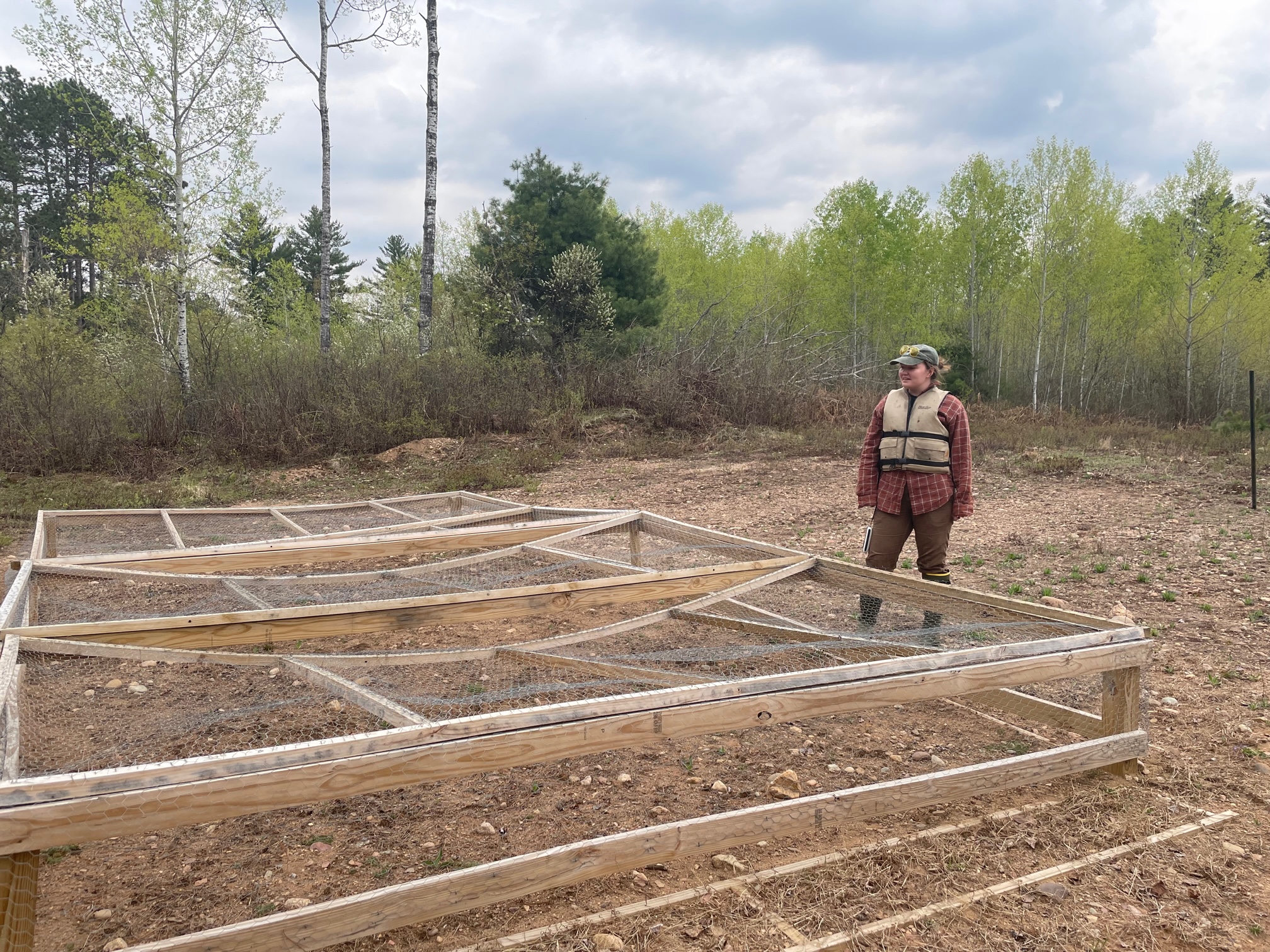
Biologists have tried putting up barriers to dissuade the turtles from crossing roads. And they’ve created alternative nesting sites meant to be attractive to turtles. Carlson and others weed and maintain patches of sandy soil on public lands and have installed nesting enclosures in several spots.
In Wisconsin, wood turtles live mostly in the Northwoods, with some smaller population numbers creeping into the central and southwest parts of the state. Outside of Wisconsin, they’re found in Minnesota and Michigan, as well as New England and Canada. They tend to come out of hibernation in May. By June, females are finding places to dig a hole where they can lay their eggs. Those eggs will hatch in September, and new wood turtles will crawl out and find a nearby riverbank to inhabit, where they’ll eat everything from berries and mushrooms to snails and tadpoles.
But even if the turtles and their eggs manage to avoid cars, raccoons and other predators, they will then face another serious obstacle: poachers.
International black market in illicit turtles can be a multimillion-dollar business
A wood turtle is distinctive for its ridged shell and lined markings, almost like the rings of a tree. At about 9 inches long, they’re relatively small. For some people, their markings make them desirable as pets. Those who buy one may not know what they’re getting into. Wood turtles can live for 50 years or more.
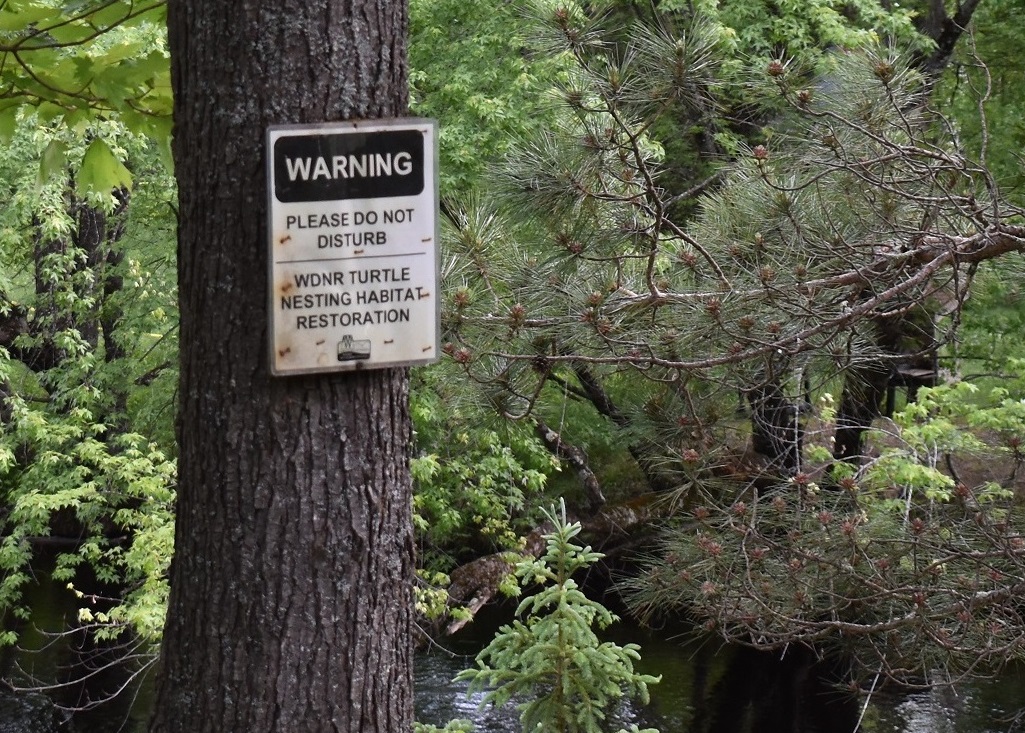
It’s already illegal to hunt or take a wood turtle from the wild in Wisconsin and other states. If the species receives federal endangered status, it will mean more funding for research and conservation efforts, and potentially more public awareness of the threats wood turtles face.
Badje asked Wisconsin Public Radio not to publish specific information about the nesting sites the DNR maintains. Scientists follow the same practice even in published scientific papers, after poachers used information in scientific literature to find them.
“People will go into sites and basically collect as many wood turtles as they possibly can and sell them, illegally,” Badje said.
Freshwater turtles are “among the world’s most trafficked animals,” the Associated Press reported in 2022. They’re targeted by organized criminal networks that sell online, often transporting the animals to black markets in Hong Kong and across Asia. But they’re also sold in the United States and Europe.
“It’s really easy for someone to go (to a nesting area) and grab a bunch of female turtles,” said Carly Lapin, a DNR biologist who has used radio transmitters to track the turtles’ movements. “They can wipe out a whole population in one night. … One person can do so much damage.”
The crimes carry real penalties. In December 2020, federal authorities extradited a Chinese citizen from Kuala Lampur, Malaysia, to face charges in the U.S. that he’d been part of a ring that smuggled at least 1,500 turtles into Asia in a multimillion-dollar operation. That man, Kang Juntao, was sentenced to 38 months in prison in 2021. The next year, two brothers were sentenced to one year each for their role as Kang’s supplier.
But in those cases, authorities tracked the illegal export and financial crimes associated with the black market trade. In Wisconsin, game wardens in the region try to protect against poaching, but it’s virtually impossible to monitor all the sites all the time.
Biologists’ nightly rounds help identify nesting sites
On an evening in June, Lapin trained a new biologist, Keegan Huntinger, on how to do rounds checking on the nesting sites.
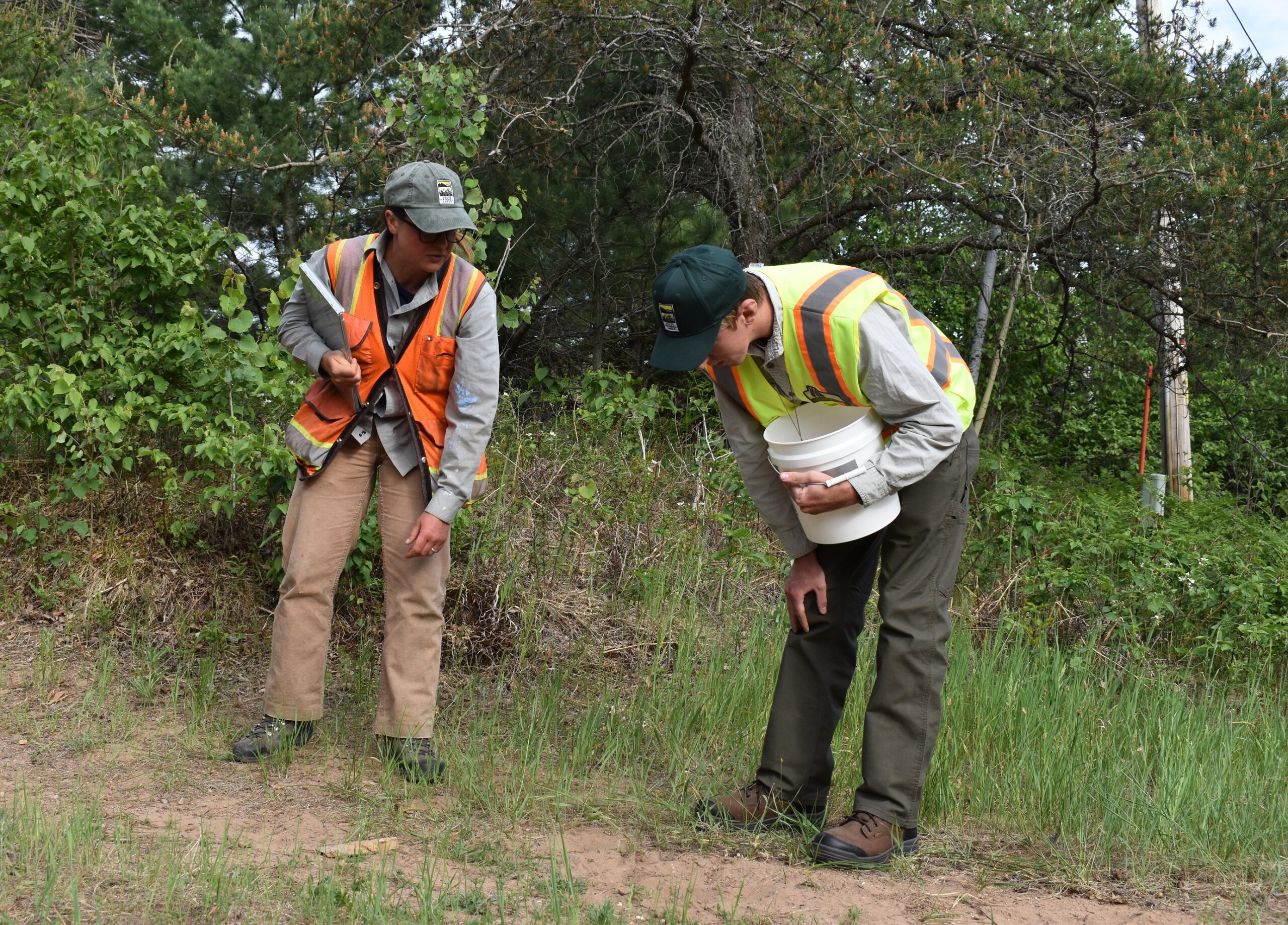
Together, Lapin and Huntinger visited sites where biologists have observed turtles nesting in the past. They dug out some nests so they could count the number of eggs and record the data on the nest’s location, the nature of the soil and the number of eggs. Then they carefully replaced and recovered them.
Branches scraped the sides of Lapin’s truck as she took a logging road through public land to one of the nest sites. After trudging through dense brush, she spotted one.
This wood turtle was digging in the sand with her back legs. She was not in an enclosure, but she was using one of the nesting areas the biologists have cleared for the turtles. Lapin observed that the creature hadn’t been tagged or notched by researchers.
Lapin put a finger inside the turtle’s shell, where it’s possible to feel its eggs like hard marbles beneath its skin.
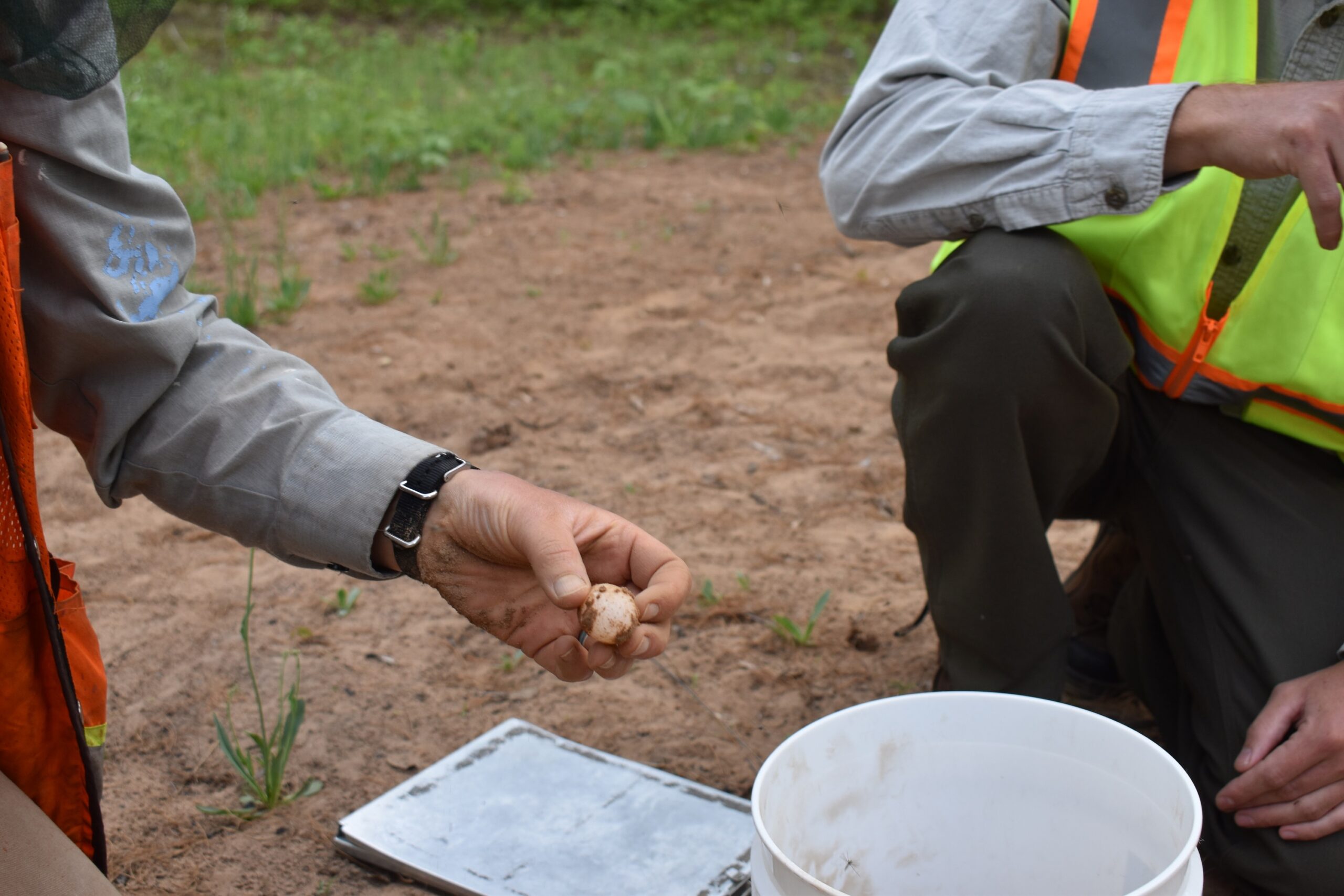
“She may not nest tonight, now, because of the disturbance,” Lapin said.
They would check on the site again later in the night, and Huntinger would make it one of his regular stops in the rounds he’s conducted over the summer.
This year marks the completion of the intensive population survey Badje is overseeing. They’ll continue to maintain the nesting sites and do what they can to encourage the population. If any of the eggs Lapin and Huntinger tracked make it, they’ll be adult turtles by the time the next survey period starts in a decade or so.
Wisconsin Public Radio, © Copyright 2025, Board of Regents of the University of Wisconsin System and Wisconsin Educational Communications Board.

